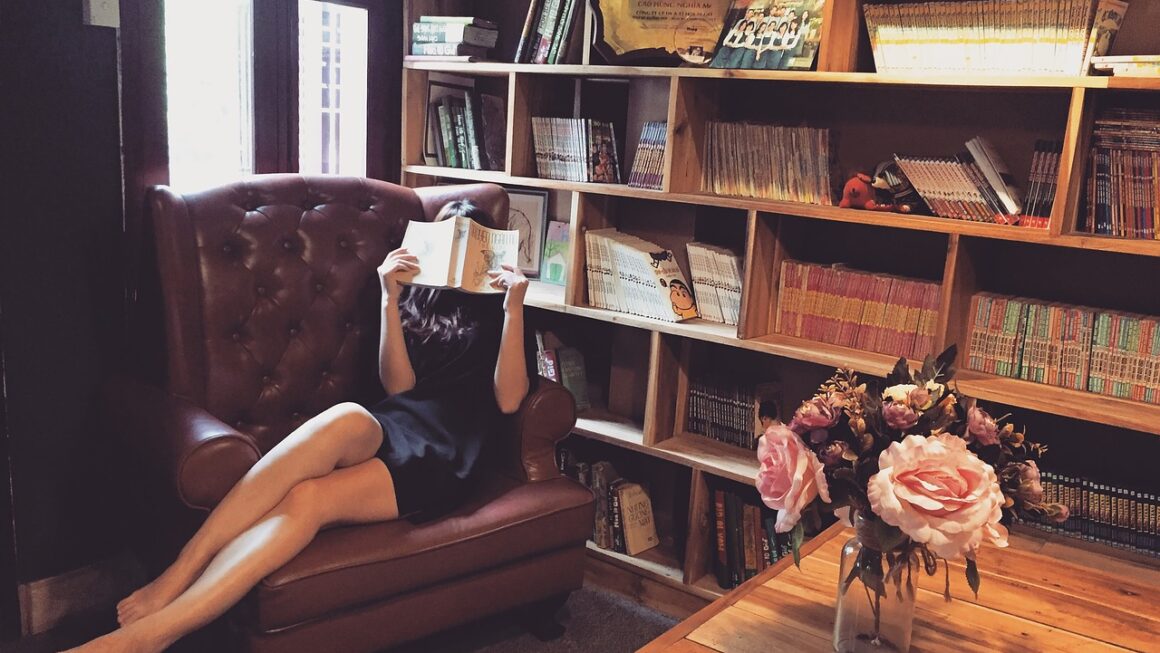Fashion is more than just clothing; it’s a powerful form of self-expression, a cultural reflection, and a constantly evolving art form. From the runways of Paris to the streets of Tokyo, fashion impacts our lives in countless ways. This comprehensive guide explores the multifaceted world of fashion, providing insights into trends, styling tips, and the industry’s impact on society.
Understanding Fashion Trends
What Drives Fashion Trends?
Fashion trends are influenced by a complex interplay of factors. Staying informed about what drives these trends can help you understand the ever-changing landscape of style.
- Cultural Influences: Social movements, art, music, and even global events significantly shape fashion trends. For example, the rise of streetwear was heavily influenced by hip-hop culture and skateboarding subcultures.
- Technological Advancements: Innovations in textiles, manufacturing processes, and digital media influence both design and consumer behavior. Consider the impact of 3D-printed clothing and the prevalence of online fashion influencers.
- Economic Conditions: Economic booms and recessions often dictate the prevailing styles. Austerity might lead to minimalist designs, while prosperous times can usher in more opulent and extravagant looks.
- Celebrity Influence: Celebrities and influencers wield considerable power in shaping fashion trends. What they wear on red carpets, in movies, or on social media often becomes highly sought after.
Identifying Current Fashion Trends
Keeping up with the latest fashion trends doesn’t mean blindly following every new style. It’s about understanding the underlying aesthetics and incorporating them into your personal style.
- Read Fashion Magazines and Blogs: Publications like Vogue, Elle, Harper’s Bazaar, and online blogs are excellent sources for identifying emerging trends.
- Follow Fashion Influencers: Identify influencers whose style resonates with you and pay attention to their posts and recommendations.
- Observe Street Style: Street style photography offers a glimpse into how trends are interpreted and adapted in everyday life.
- Analyze Runway Shows: While runway looks are often avant-garde, they provide valuable insights into the color palettes, silhouettes, and fabrics that will be popular in upcoming seasons. Consider the recent emphasis on sustainable materials and inclusive sizing.
Building a Versatile Wardrobe
Essential Pieces for Every Closet
A versatile wardrobe is built on a foundation of timeless, high-quality pieces that can be mixed and matched to create a variety of outfits.
- Classic White Shirt: This is a wardrobe staple that can be dressed up or down. Pair it with jeans for a casual look, or tuck it into a skirt for a more polished ensemble.
- Well-Fitted Jeans: Choose a style that flatters your body type. Dark wash denim is particularly versatile and can be worn in both casual and semi-formal settings.
- Little Black Dress (LBD): A classic LBD is a timeless piece that can be styled for any occasion. Dress it up with heels and jewelry for an evening event, or wear it with flats and a cardigan for a more casual look.
- Neutral Blazer: A blazer in a neutral color like black, navy, or gray can instantly elevate any outfit.
- Comfortable Pair of Sneakers: Sneakers are no longer just for the gym. They can be paired with dresses, skirts, and even tailored pants for a stylish and comfortable look.
- Trench Coat: A timeless outerwear piece that adds sophistication and practicality to any outfit.
Accessorizing Your Outfits
Accessories are the finishing touch that can transform an outfit from ordinary to extraordinary.
- Scarves: Scarves can add a pop of color, texture, and warmth to any outfit.
- Belts: Belts can define your waist, add visual interest, and create a more polished silhouette.
- Jewelry: Choose jewelry that complements your personal style and enhances your outfit.
- Handbags: Consider the size, style, and color of your handbag to ensure it complements your overall look.
Sustainable and Ethical Fashion
The Impact of Fast Fashion
Fast fashion, characterized by rapid production cycles and low prices, has a significant environmental and social impact.
- Environmental Concerns: Fast fashion contributes to water pollution, textile waste, and greenhouse gas emissions.
- Ethical Concerns: Garment workers in developing countries are often subjected to poor working conditions and low wages.
Choosing Sustainable Alternatives
Making conscious choices can help reduce the negative impact of fashion.
- Buy Less: Prioritize quality over quantity and invest in pieces that will last.
- Choose Sustainable Brands: Support brands that prioritize ethical production practices and use sustainable materials. Look for certifications like GOTS (Global Organic Textile Standard) or Fair Trade.
- Shop Secondhand: Give pre-owned clothing a new life by shopping at thrift stores, consignment shops, or online marketplaces.
- Recycle and Donate: Donate unwanted clothing to charity or recycle them through textile recycling programs.
Fashion and Self-Expression
Using Fashion to Reflect Your Personality
Fashion is a powerful tool for expressing your individuality and communicating your personality to the world.
- Experiment with Different Styles: Don’t be afraid to try new things and step outside of your comfort zone.
- Focus on Fit and Comfort: Choose clothing that fits well and makes you feel confident and comfortable.
- Incorporate Your Interests: Let your hobbies and passions influence your style choices. For example, if you love vintage clothing, incorporate vintage pieces into your wardrobe.
- Embrace Your Body Type: Choose clothing that flatters your body type and makes you feel good about yourself.
Building Confidence Through Style
When you feel good about what you’re wearing, it can boost your confidence and improve your overall mood.
- Find Your Signature Style: Identify the styles that make you feel most confident and comfortable.
- Dress for Success: Choose clothing that is appropriate for the occasion and helps you feel prepared and confident.
- Don’t Be Afraid to Be Bold: Express yourself through your clothing and don’t be afraid to make a statement.
Conclusion
Fashion is a dynamic and multifaceted world that goes beyond mere clothing. By understanding trends, building a versatile wardrobe, embracing sustainable practices, and using fashion as a tool for self-expression, you can navigate this world with confidence and style. Remember that fashion is about feeling good in your own skin and expressing your unique personality.




